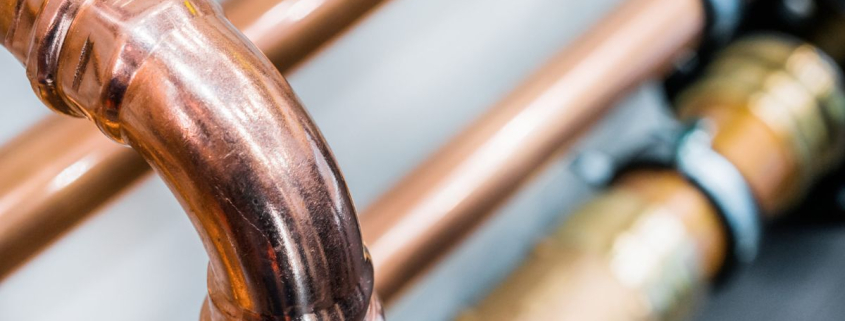Role of Pipes in Heating Systems for Different Purposes
Heating is an important factor in the indoor environment. At the same time, it is a key tool in various industrial functions. Humans build different sorts of building structures and in the same manner, install different things in them. (To build MEP systems, MEP estimating services are used. These come with details about the system and help with the processes.) The story goes even further as they carry out a number of tasks and activities. all of these concern heat in one way or another.
Pipes and Their Specifications
It is a rounded material manufactured for the transportation of fluids from one place to another. A number of similar and different materials are used to make them. Further, these can be metallic and nonmetallic. While an added feature coating is applied.
Specification is an important factor for all construction materials. Every single one of them is used with the right specification. Pipes specifications include these aspects:
The material used for manufacturing. This includes a long list of materials both metallic and nonmetallic. Every one of them comes with its own characteristics and uses. This way a number of different piping heating systems for infrastructural, residential, commercial, and industrial building structures.
The thickness of the material. The outer layer is the most vital part of the pipe. This is responsible for the integrity of the pipe against both force and the fluid inside. The better the thickness more the integrity. While the thick pipe is hard to fix.
Coating adds to the pipe’s strength to stand against all sorts of damage. Pipes are coated both from the inside and the outside. Different anti-corrosive materials are used to make the pipe safe from damage. Either way this stand to the corrosive fluid inside or the corrosive material outside.
The cross-sectional area of the fluid flow too is an important factor for the pipes. This is the flow of the fluid placed inside. The bigger the area more it flows. While smaller the area faster it flows and the more pressure it exerts.
Fittings for the pipes. Fittings are used to attach the pipes to the wall, ceiling, or roof for heating systems. These need to be of the right requirement otherwise the pipes and the whole system are at risk. These requirements cover dimensions and materials.
Lastly, the quantity as in the number of pipes needed. Since they are manufactured of specific lengths, all contractors have to take care of is the quantity of the pipes. Plumbing takeoffs services help in that regard. These come with details of all the specifications along with their quantities.
One exception is that insulation is installed in different piping systems. This is meant to facilitate the intended working of the pipes and the piping system concerned. This too needs to be of the right material and thickness.
How Do They Facilitate Heating?
Pipes simply carry fluids. These are different gases and liquids. All of these can store heat and are used to transport it around the system.
First, the pipes are installed along with their supporting materials. Once the whole piping system is complete with every one of its components and insulation, the work can commence. But first the working, there are a number of piping systems from infrastructural drainage to complex industrial ones. Some of them concern with fluid transport but certain is concerned with heating.
The ones that are concerned with heating are heating systems (electrical heating, mechanical heating, or dual heating); steam turbine piping systems, water heating systems, boiler systems, and others. In these systems, pipes facilitate as:
It keeps the fluids from leaking. This stores the heat inside and keeps it inside. The transportation is completed without any loss.
Just as leaking is put on hold so is penetration. The pipes ensure that the fluids inside do not get anything from the outside.
Particularly for the heat of the fluid, it constitutes insulation. This makes sure that no heat is gained or lost through conduction.
The pressure particularly in the case of the steam turbine piping systems is maintained through pipes. This way the pipe is able to provide for the heat transport and its pressure.
All these combine to provide for the heating in any given piping system and building at hand.
Conclusion
Pipes are an important component of piping systems. These are used in all sorts of construction projects. They are specified in aspects such as material, thickness, cross-sectional area, coating, fittings, and quantity. These keep the fluid inside completely insulated to preserve its heat and transport it in heating systems. Building the precise piping system capable of carrying out the required function construction takeoff services can be of great assistance.




